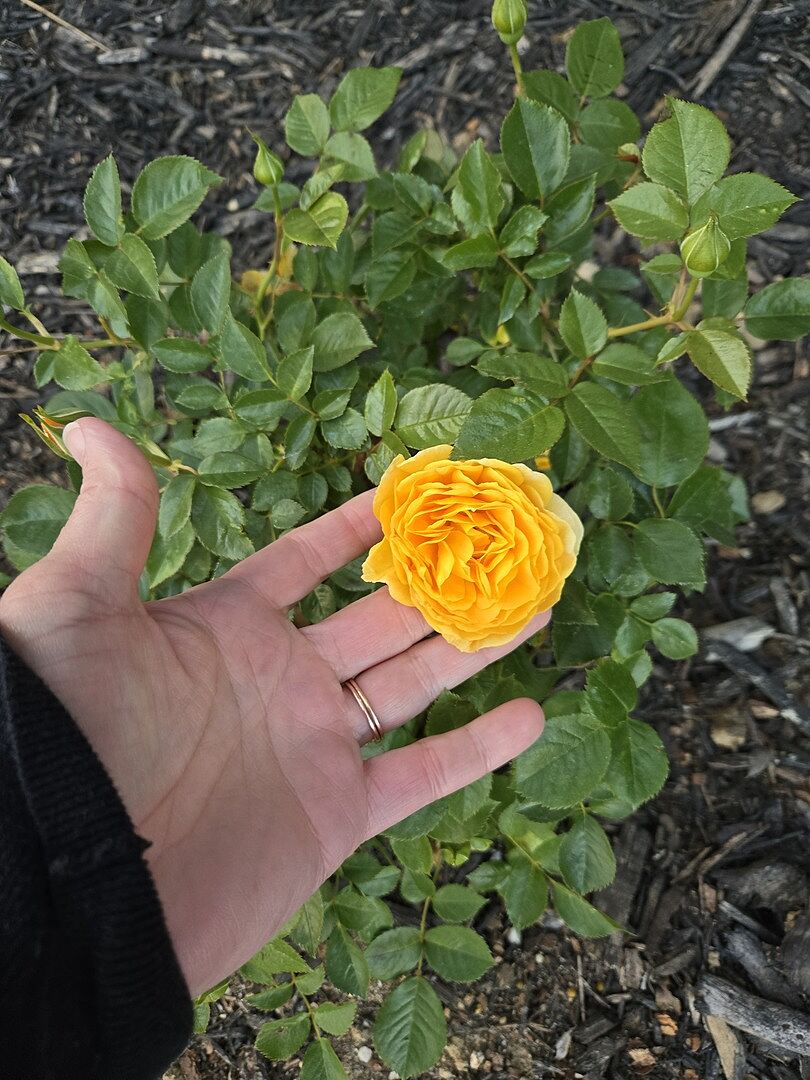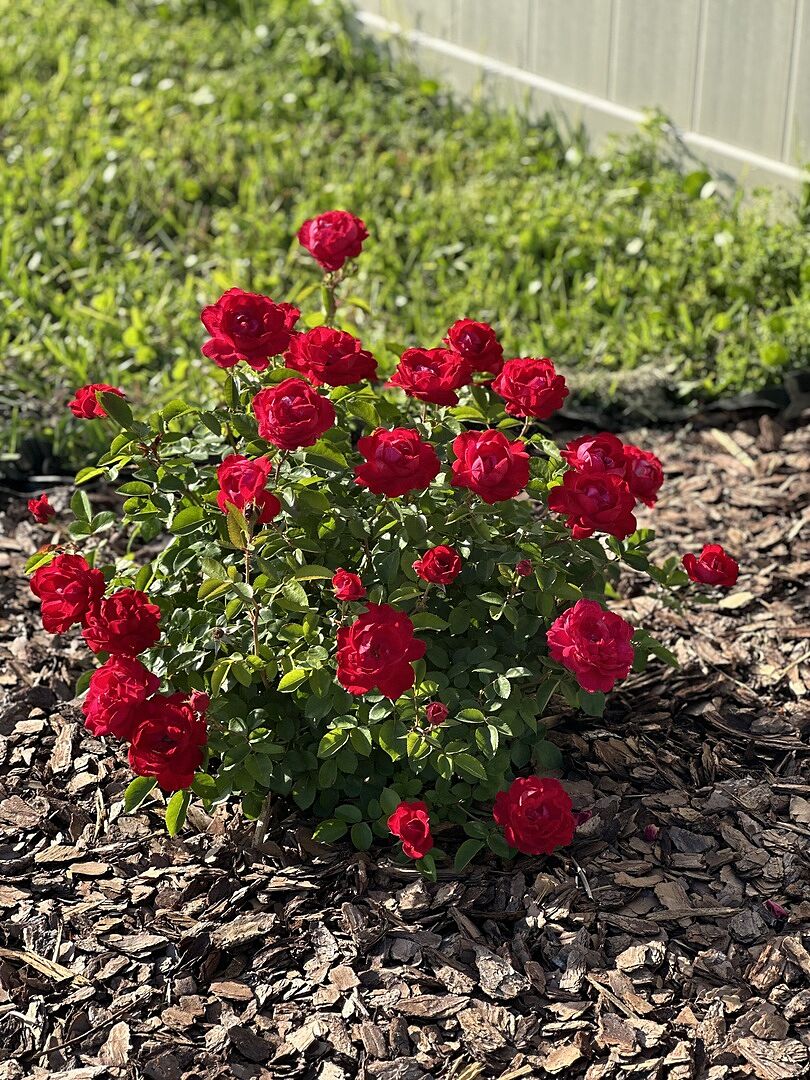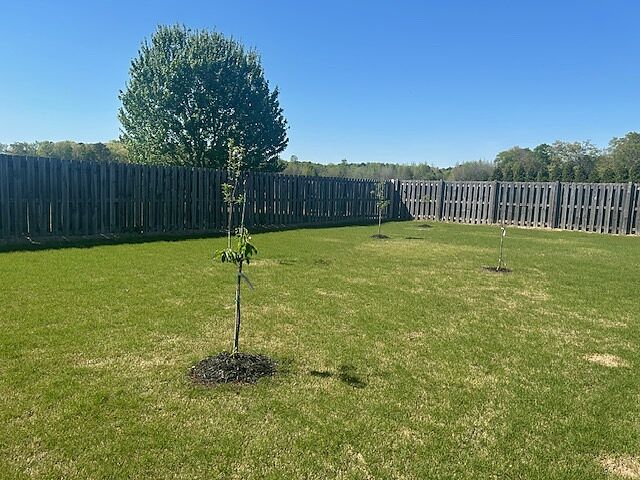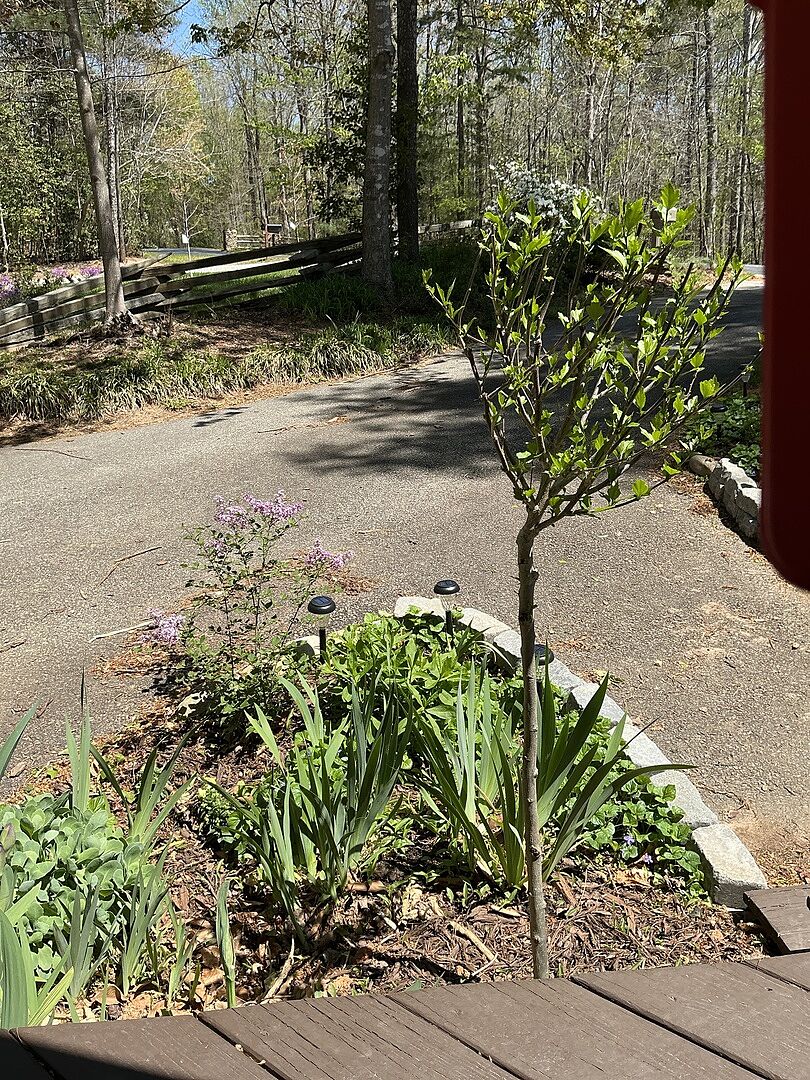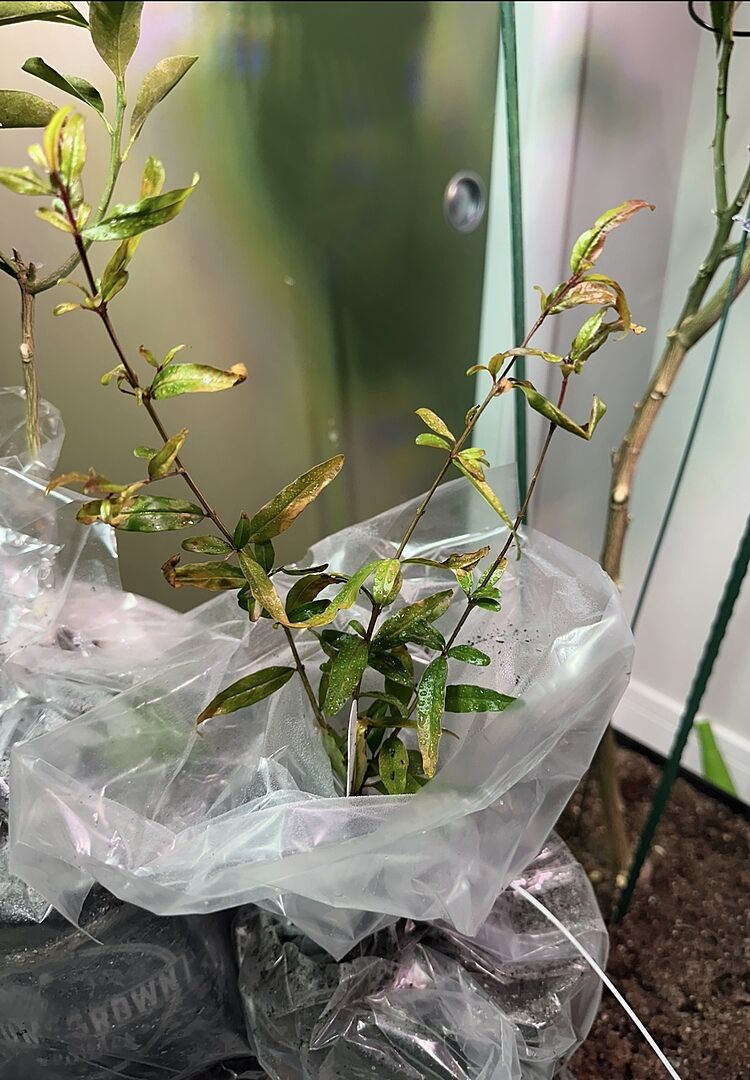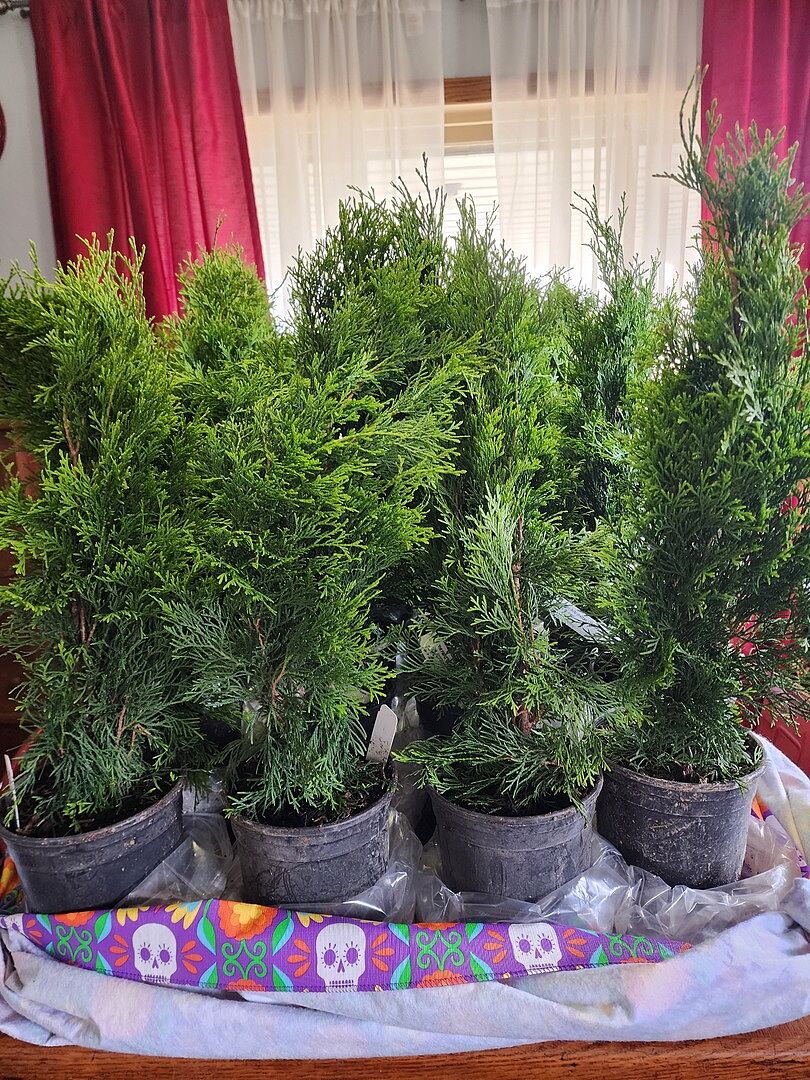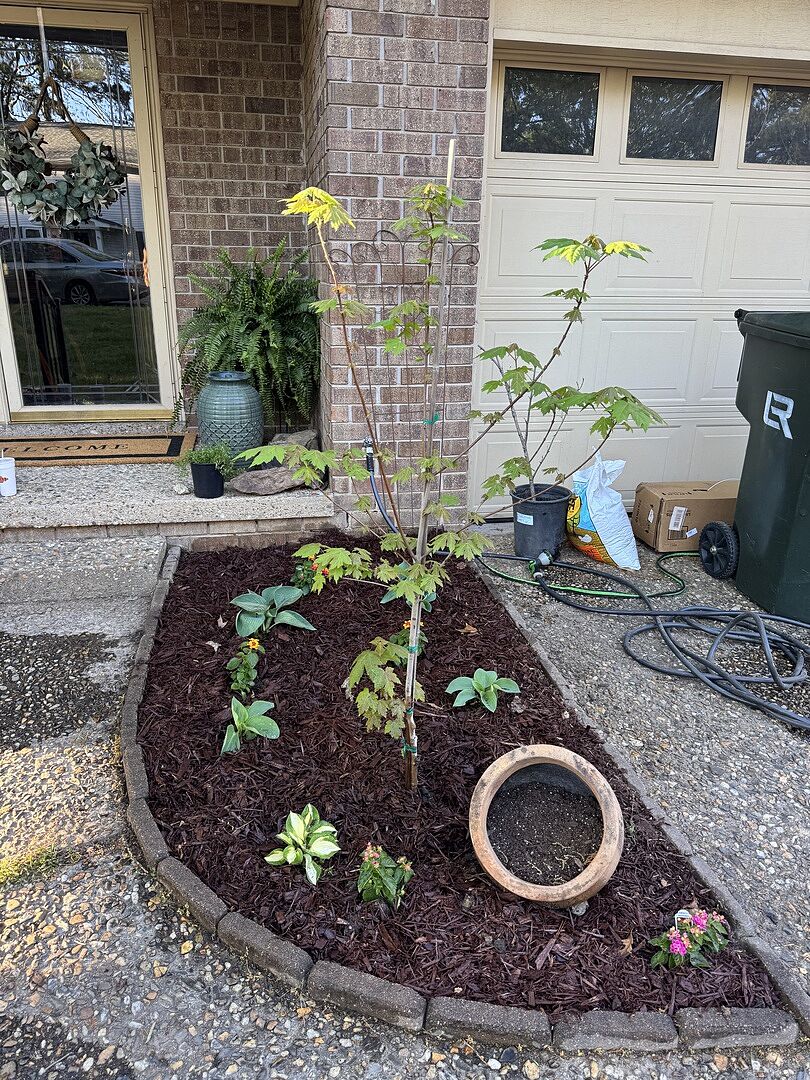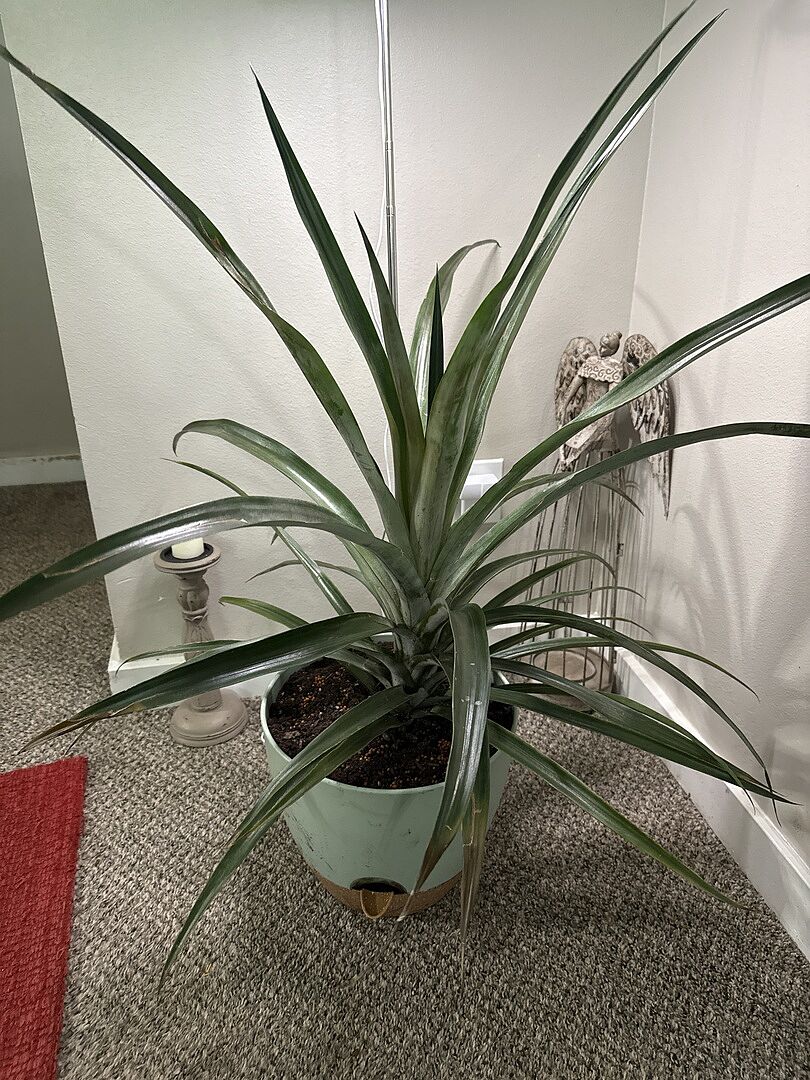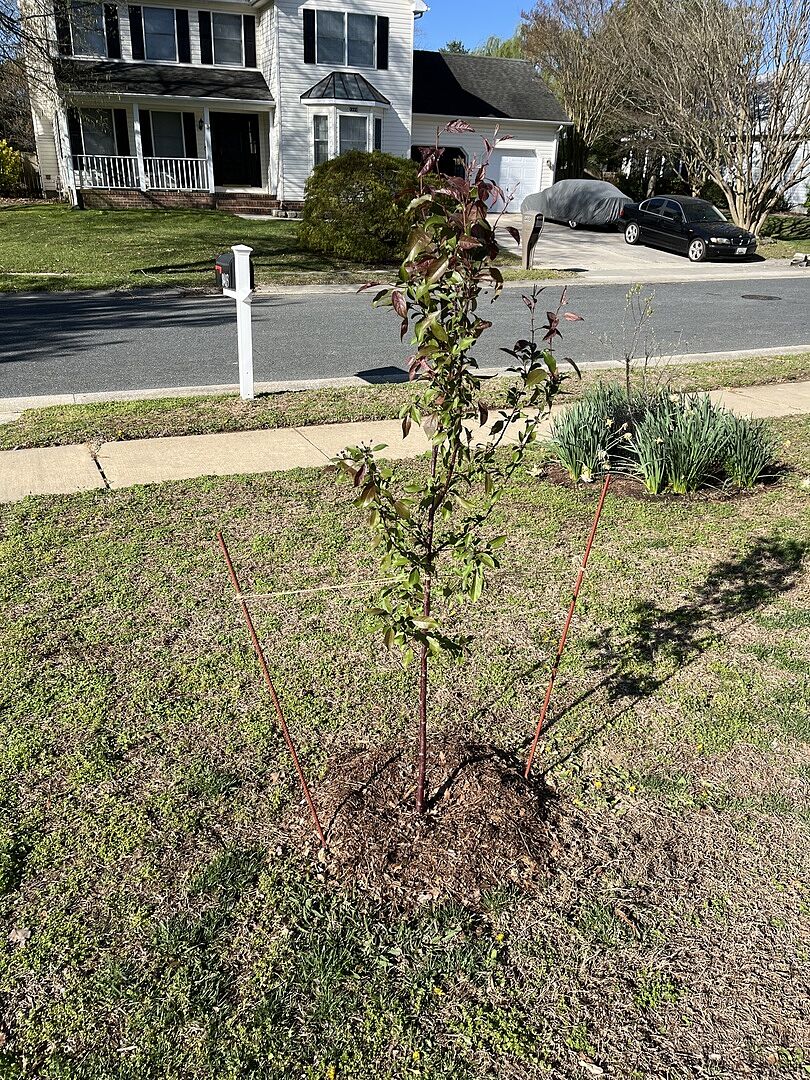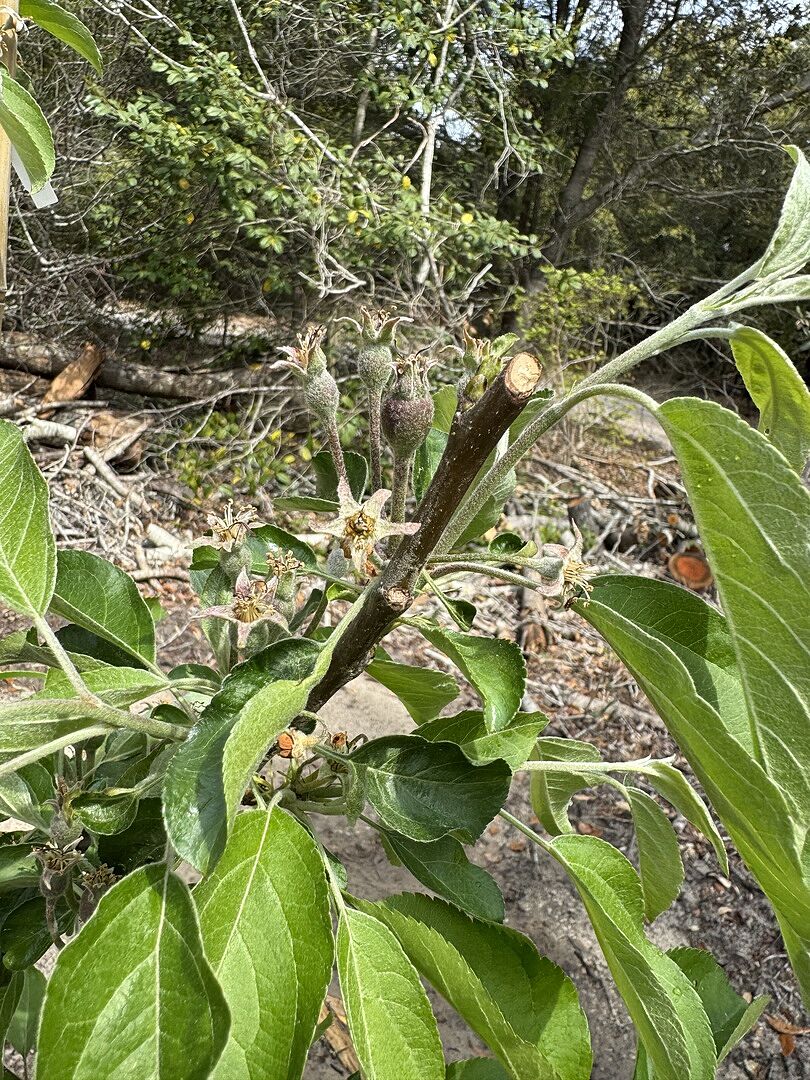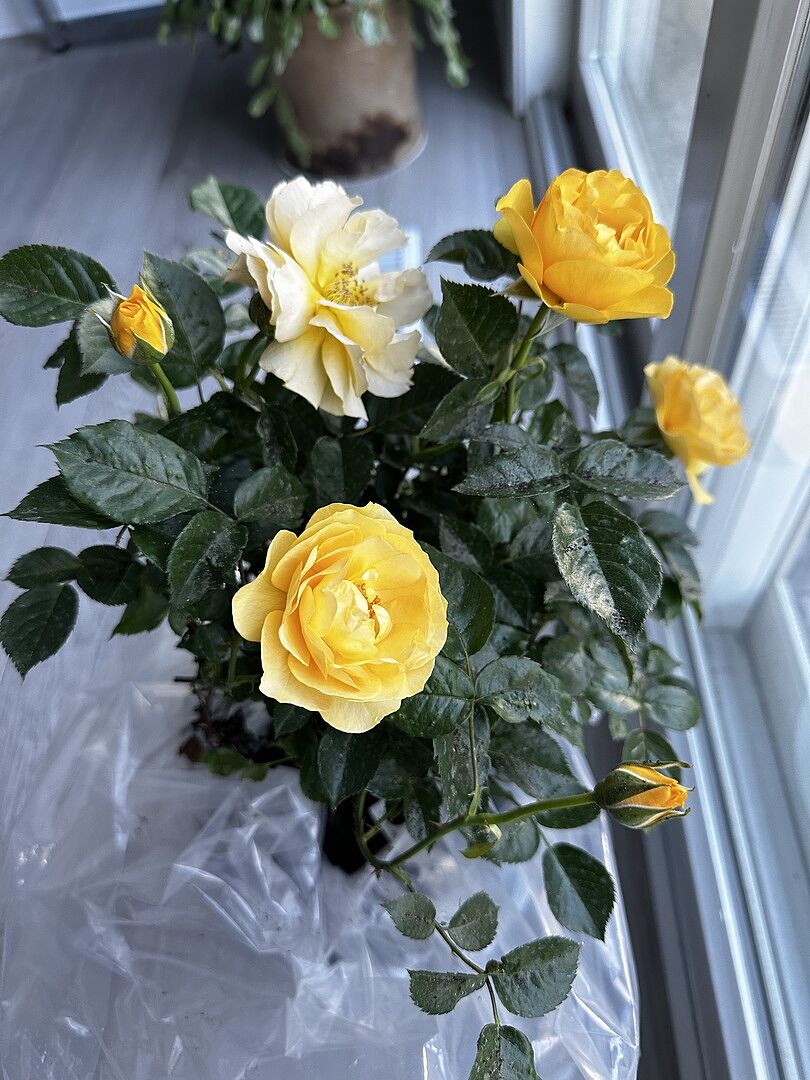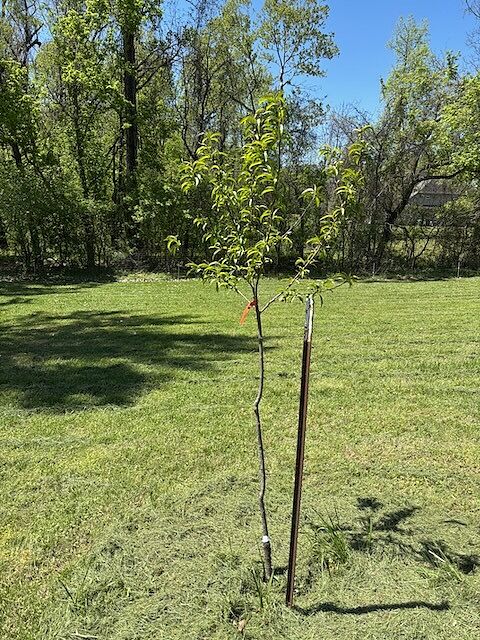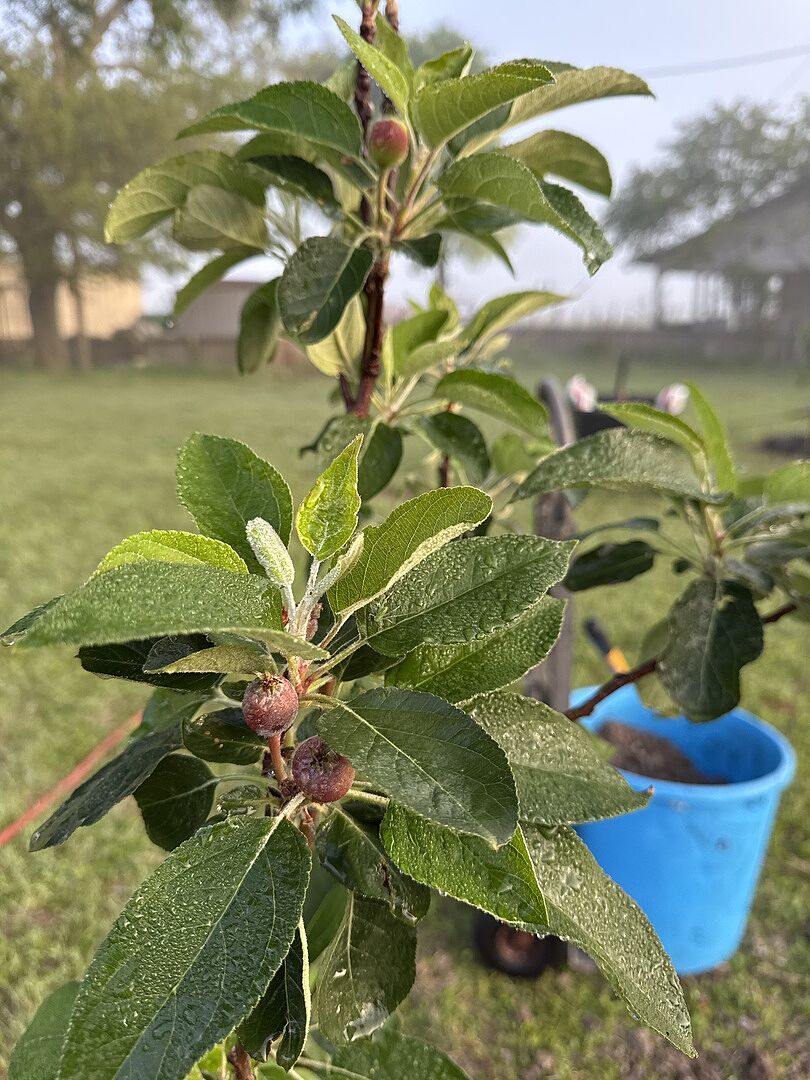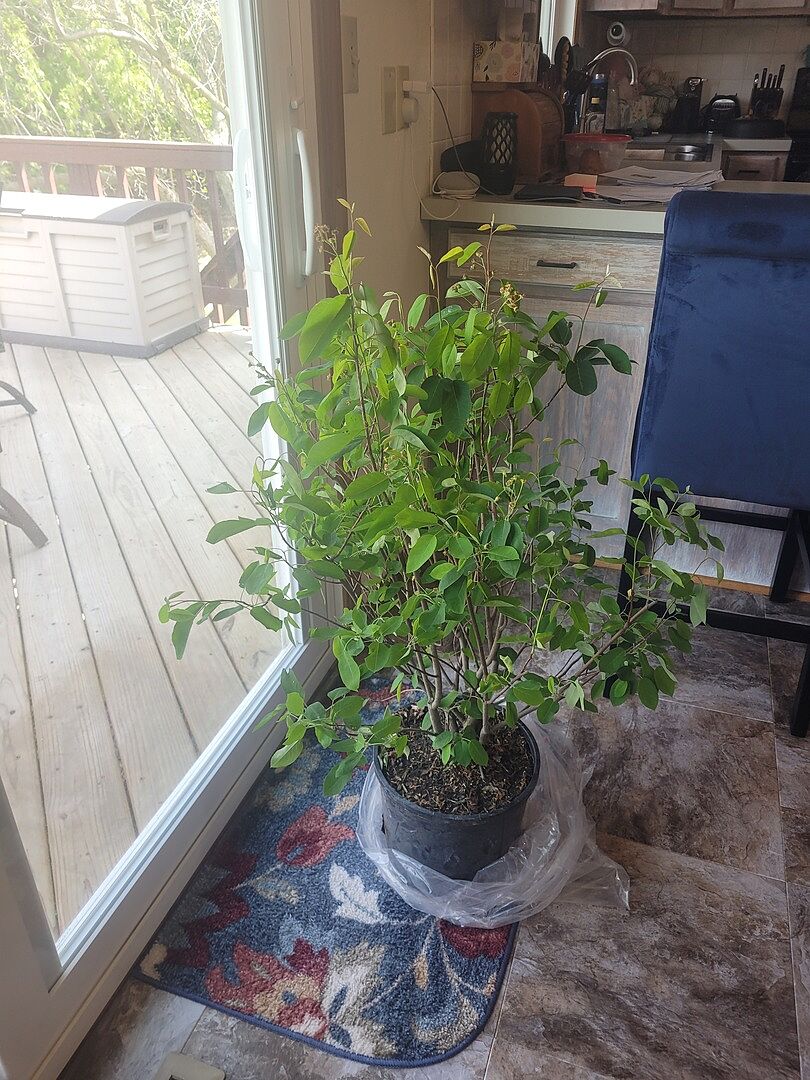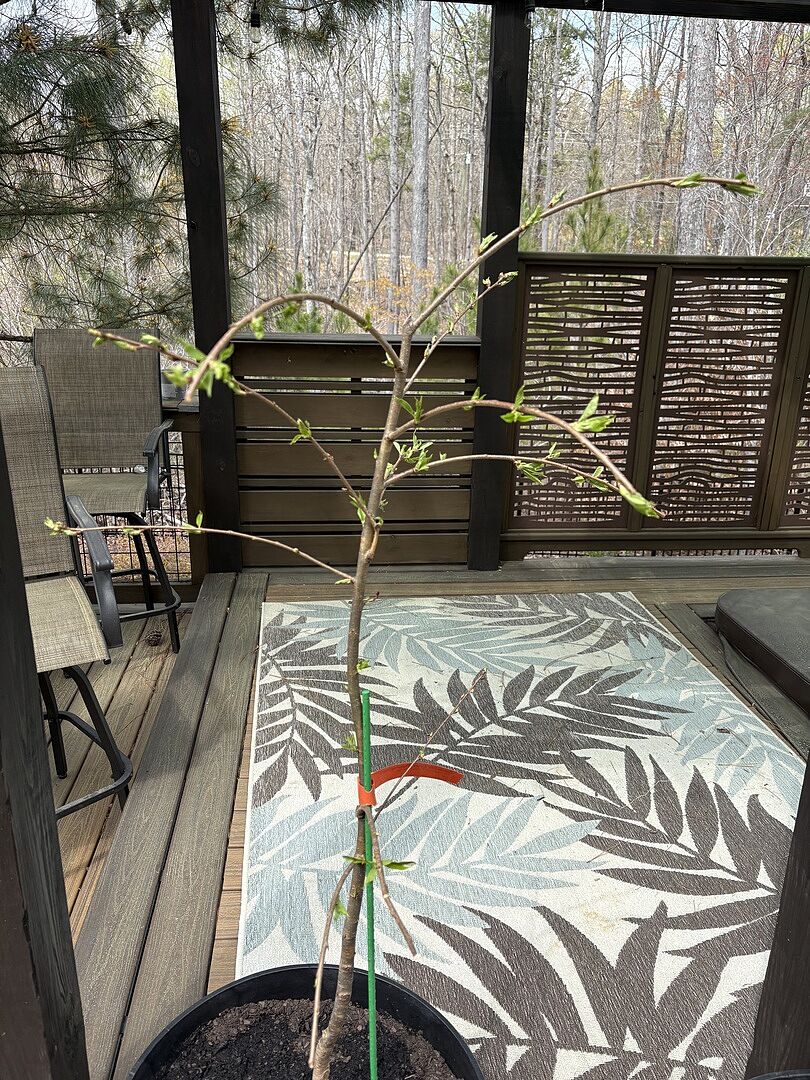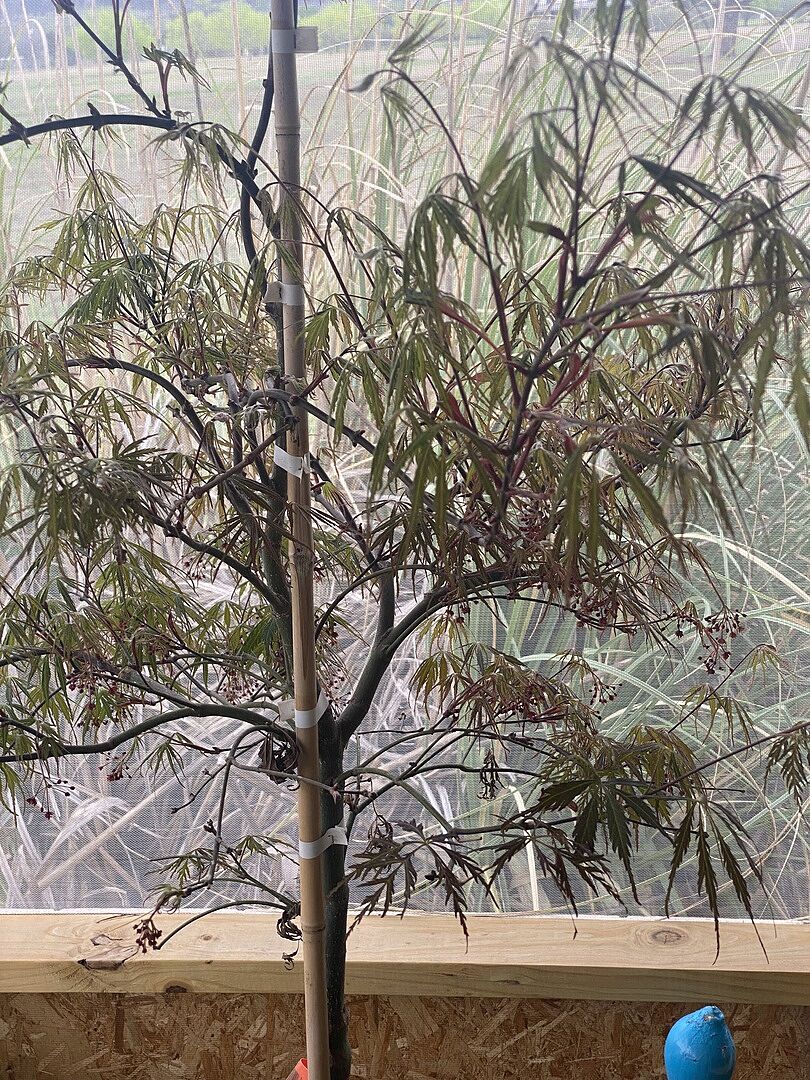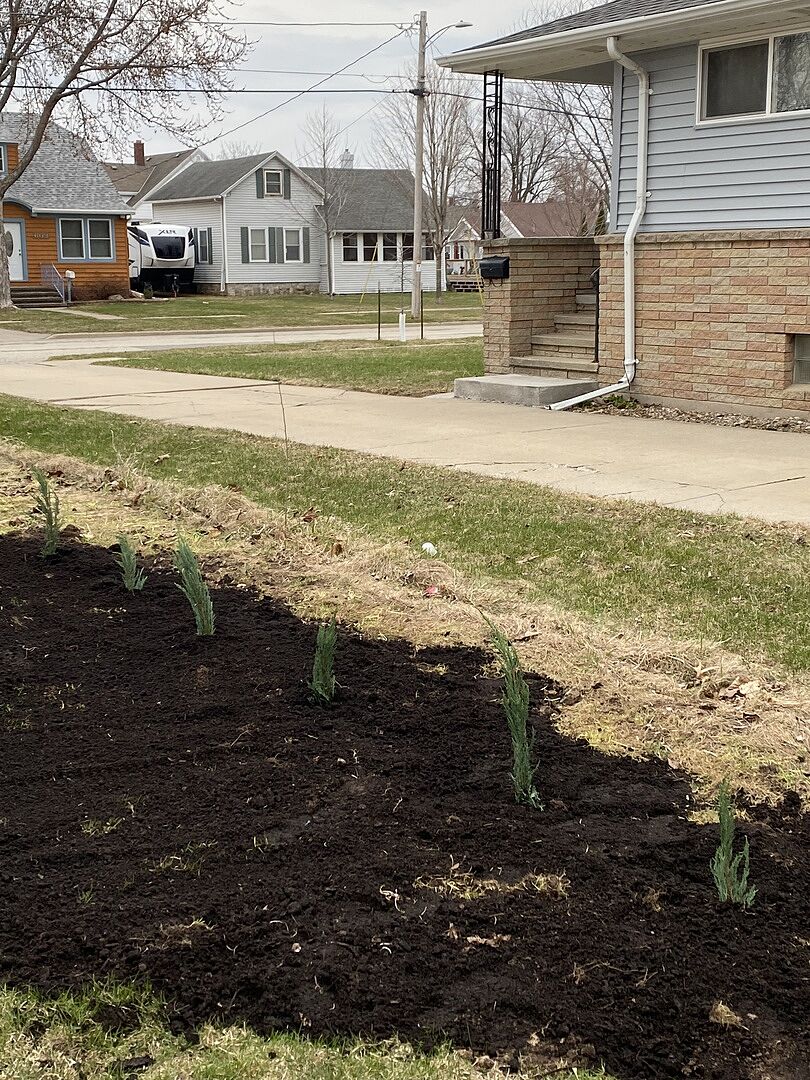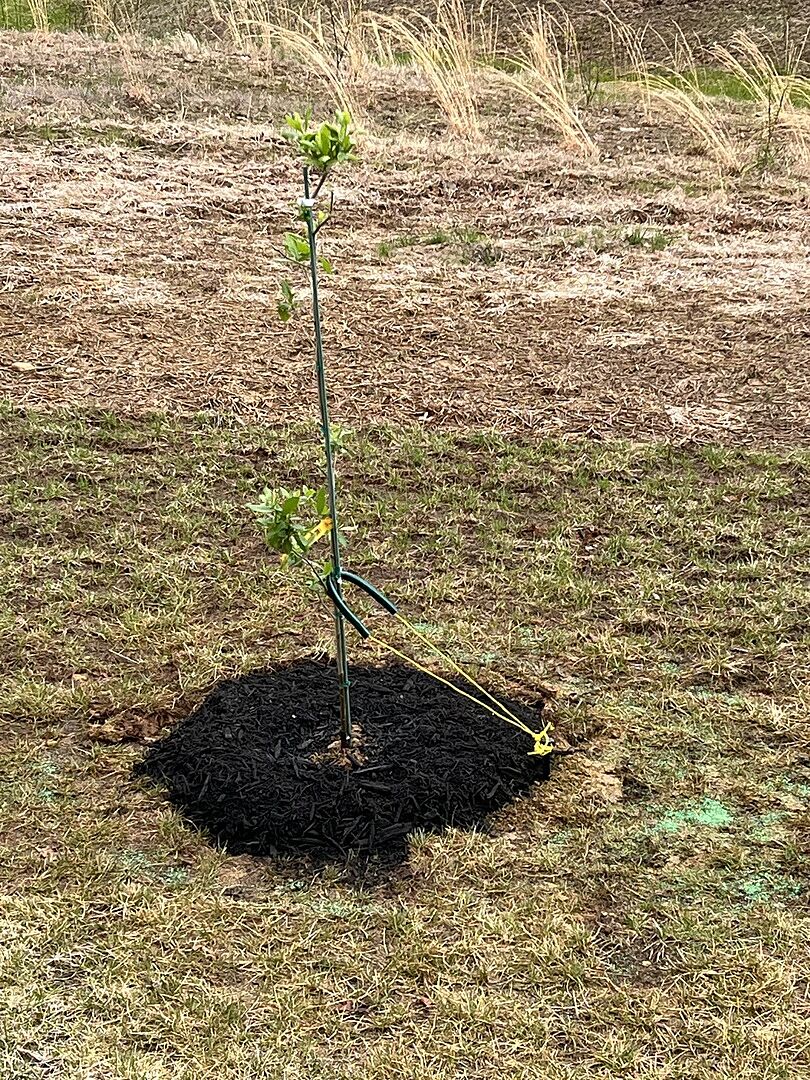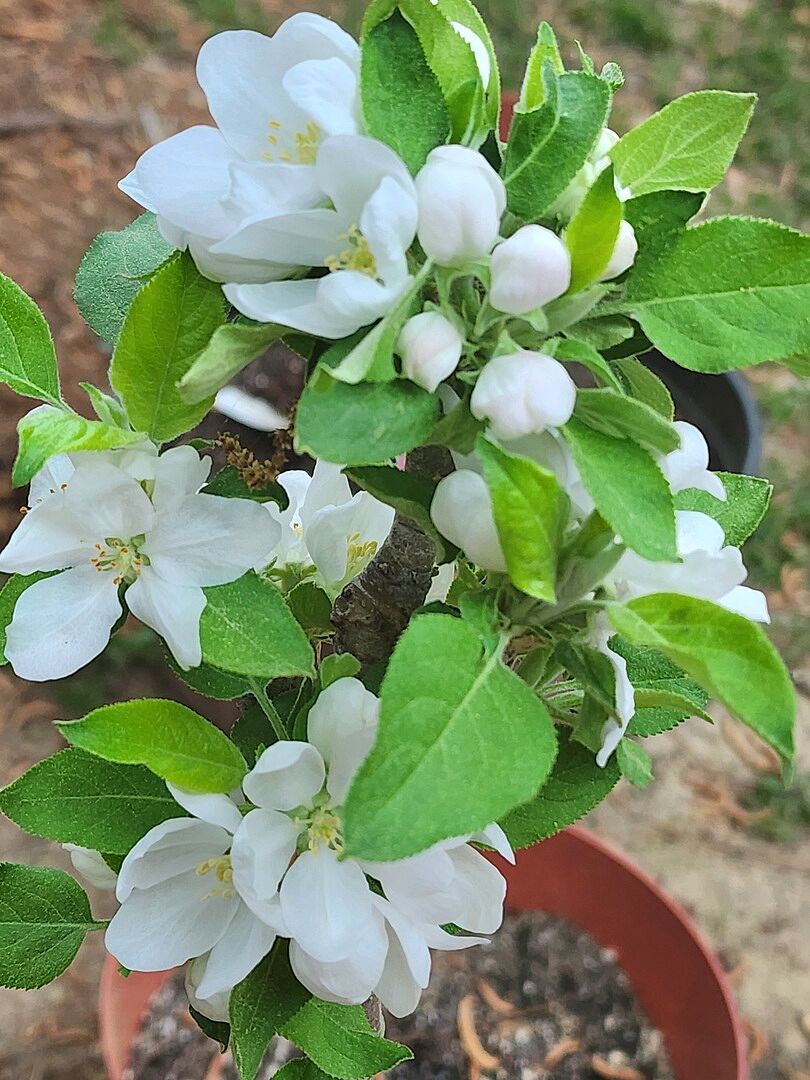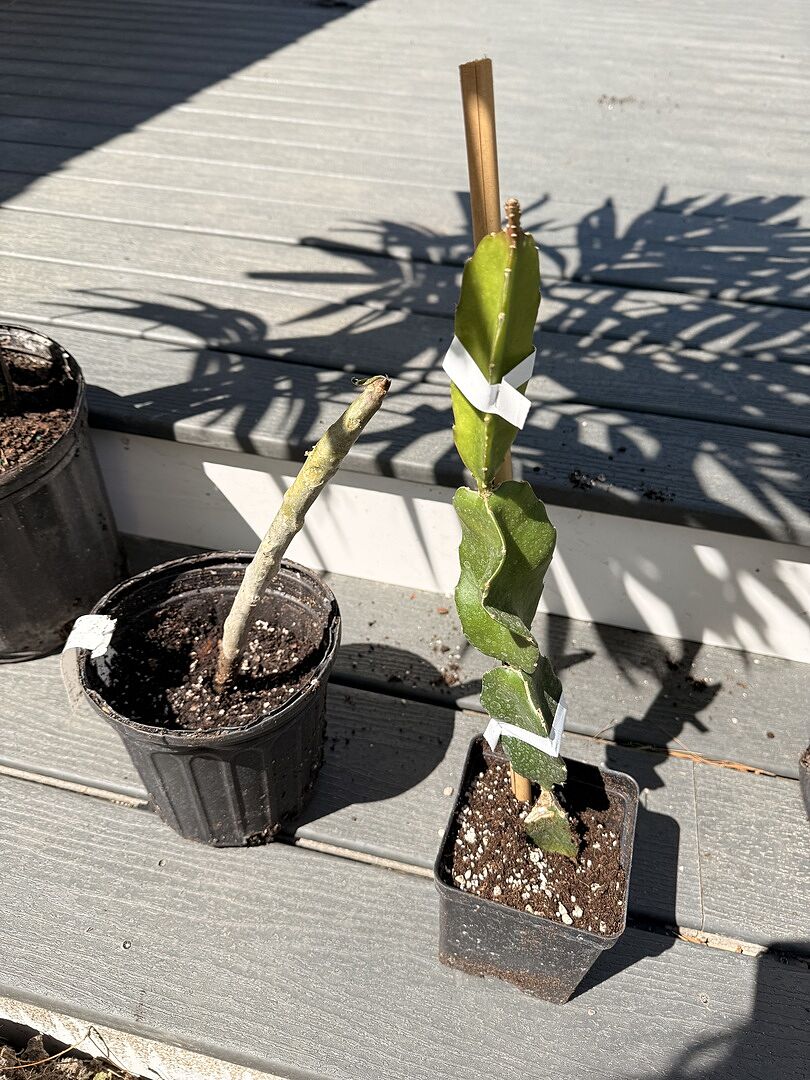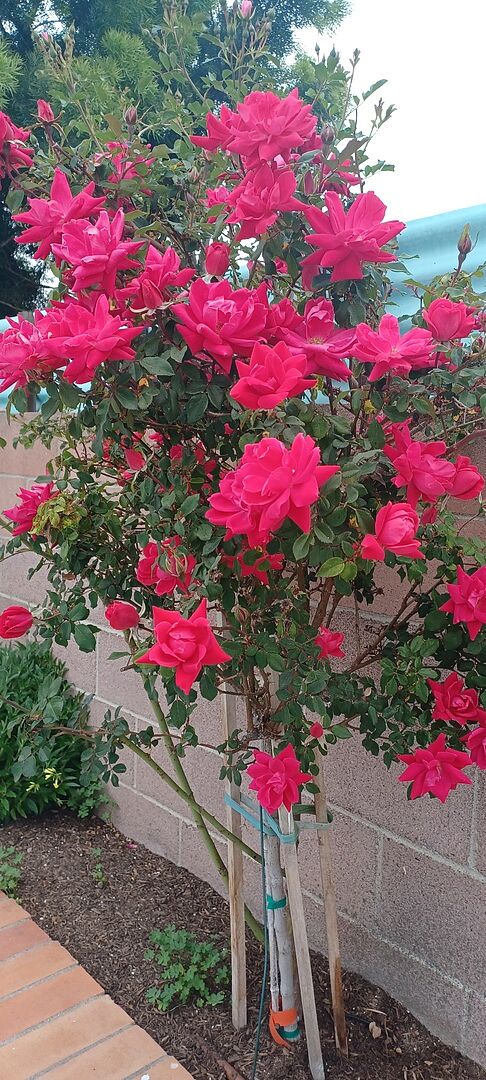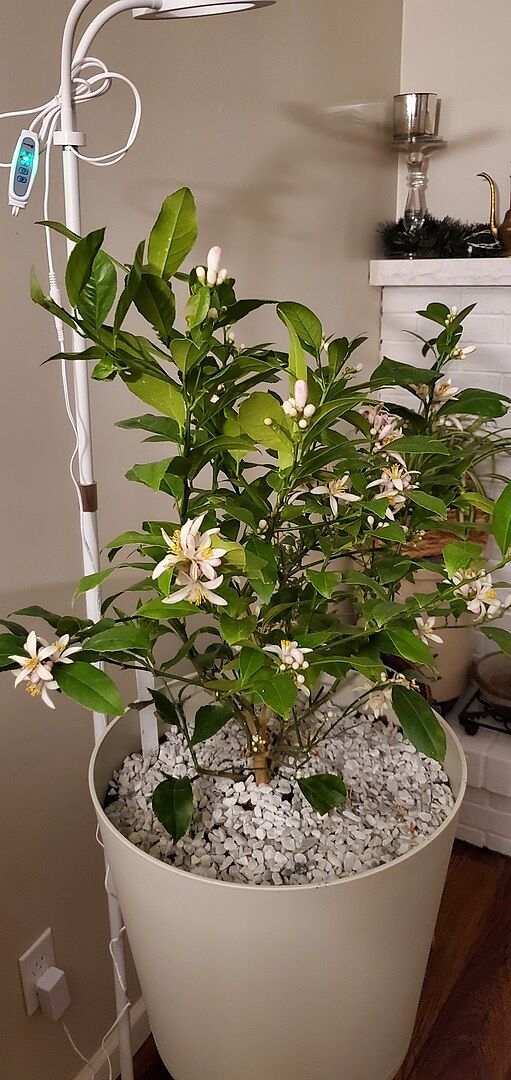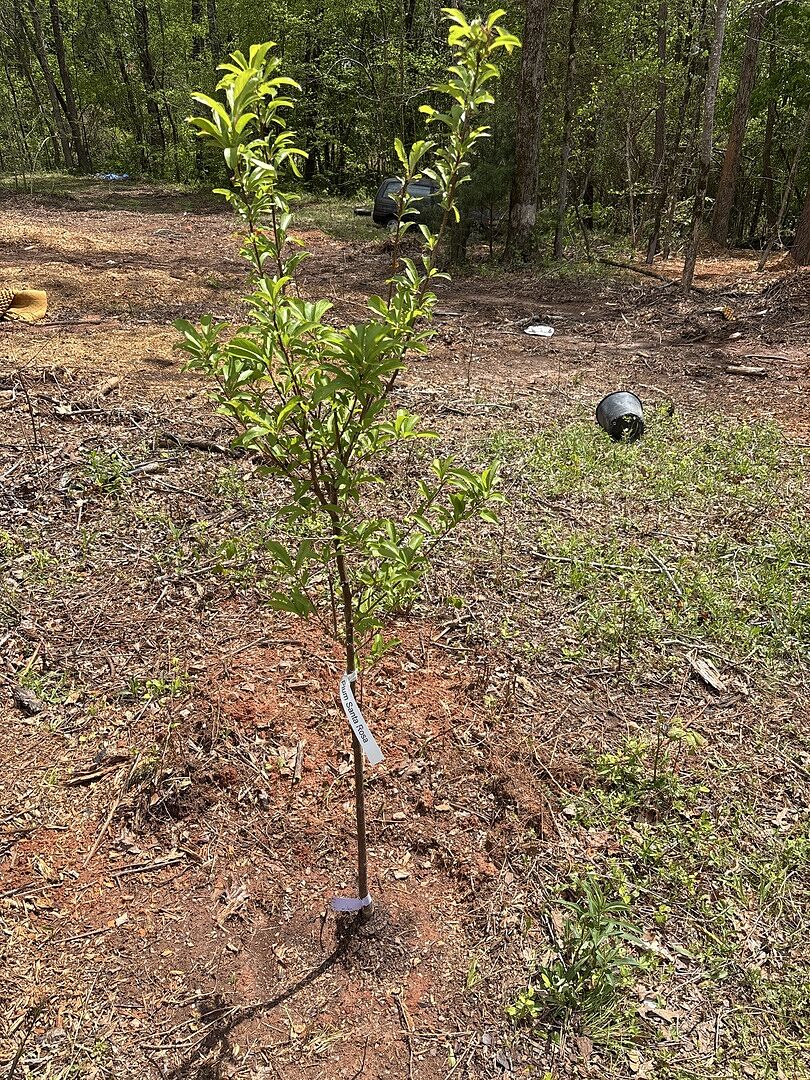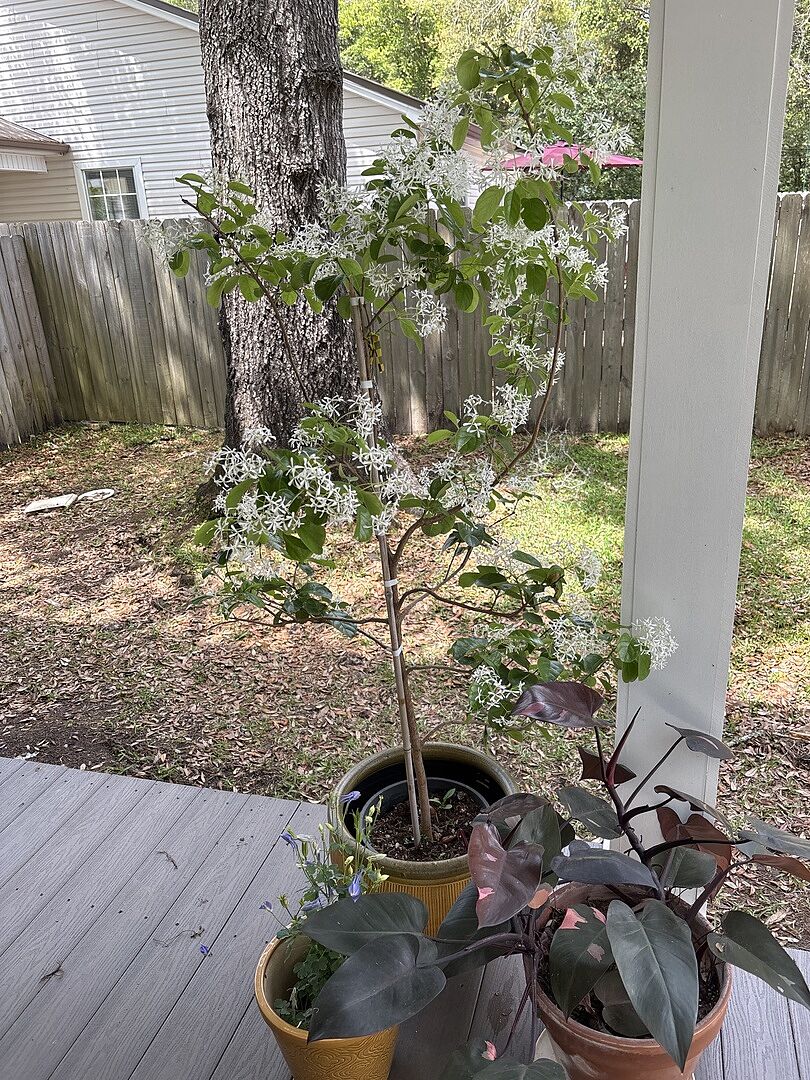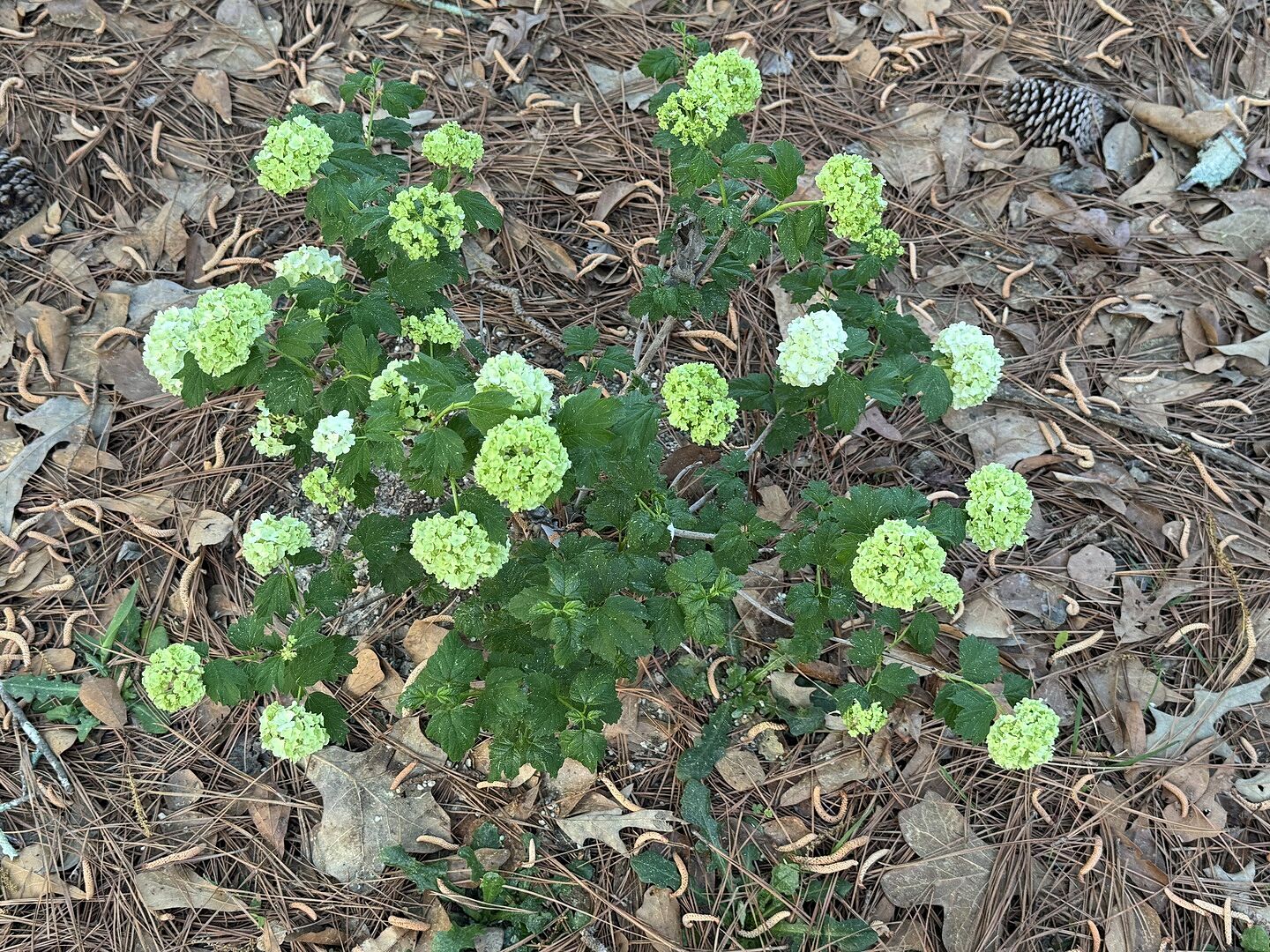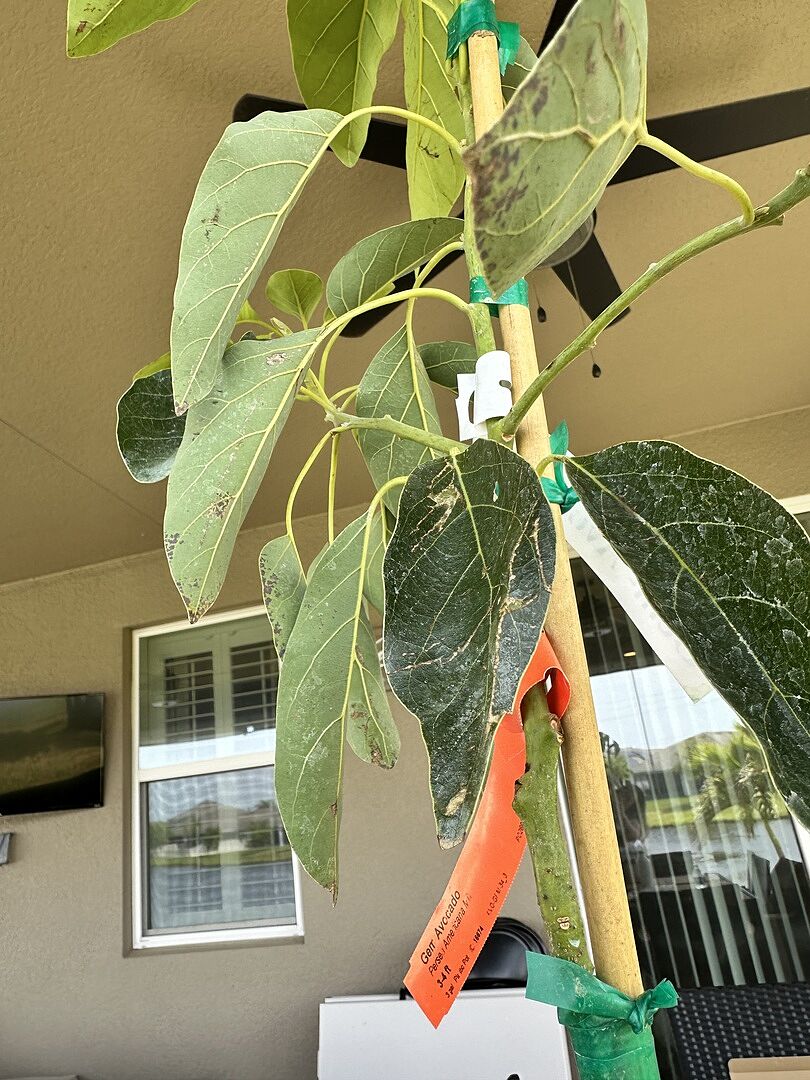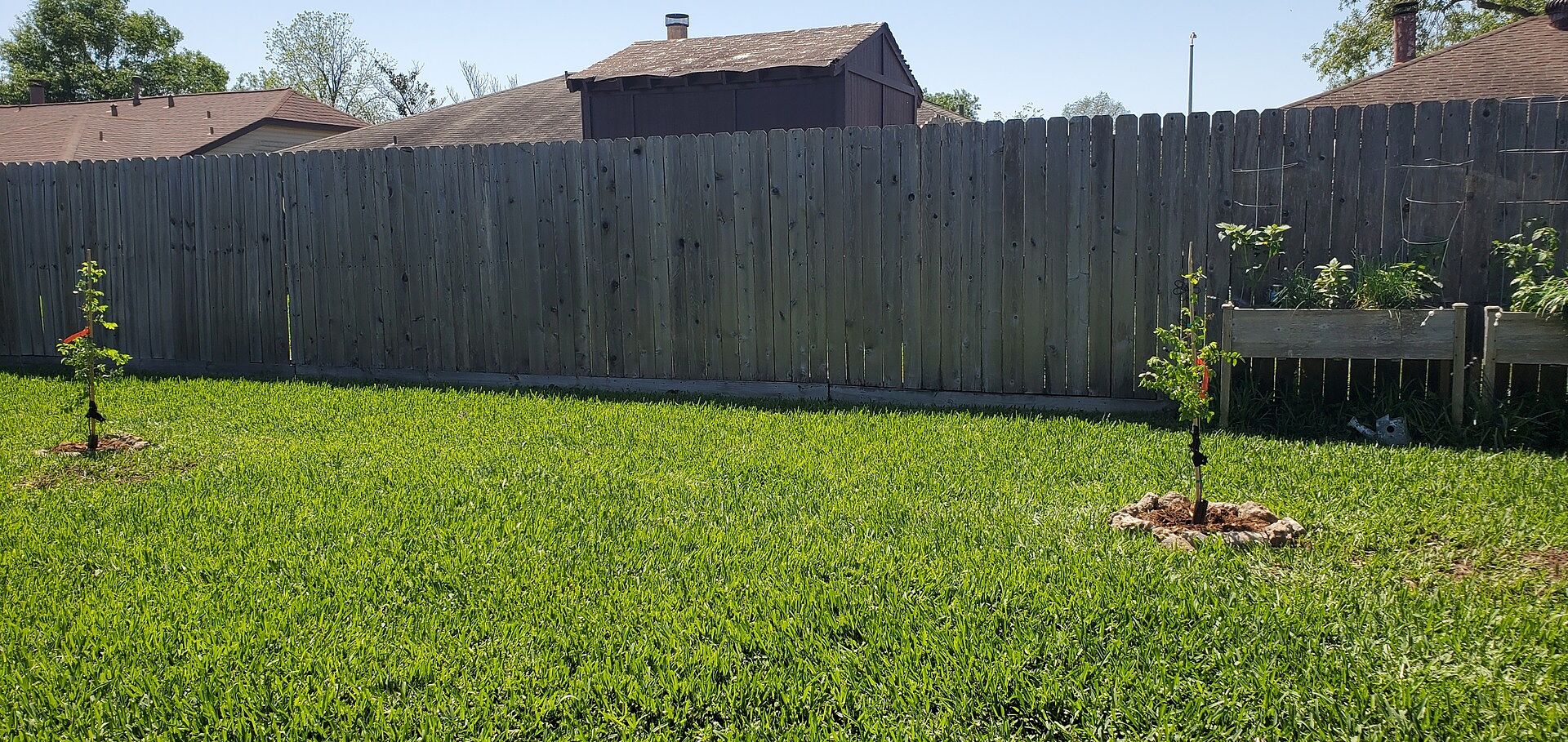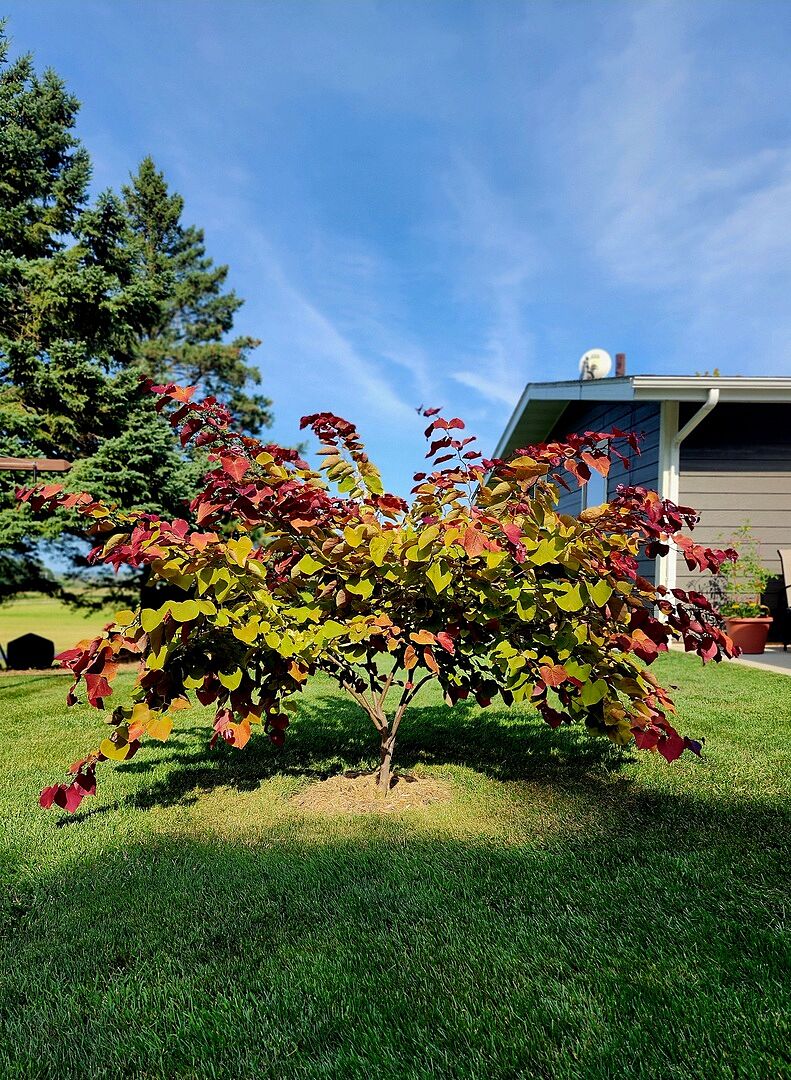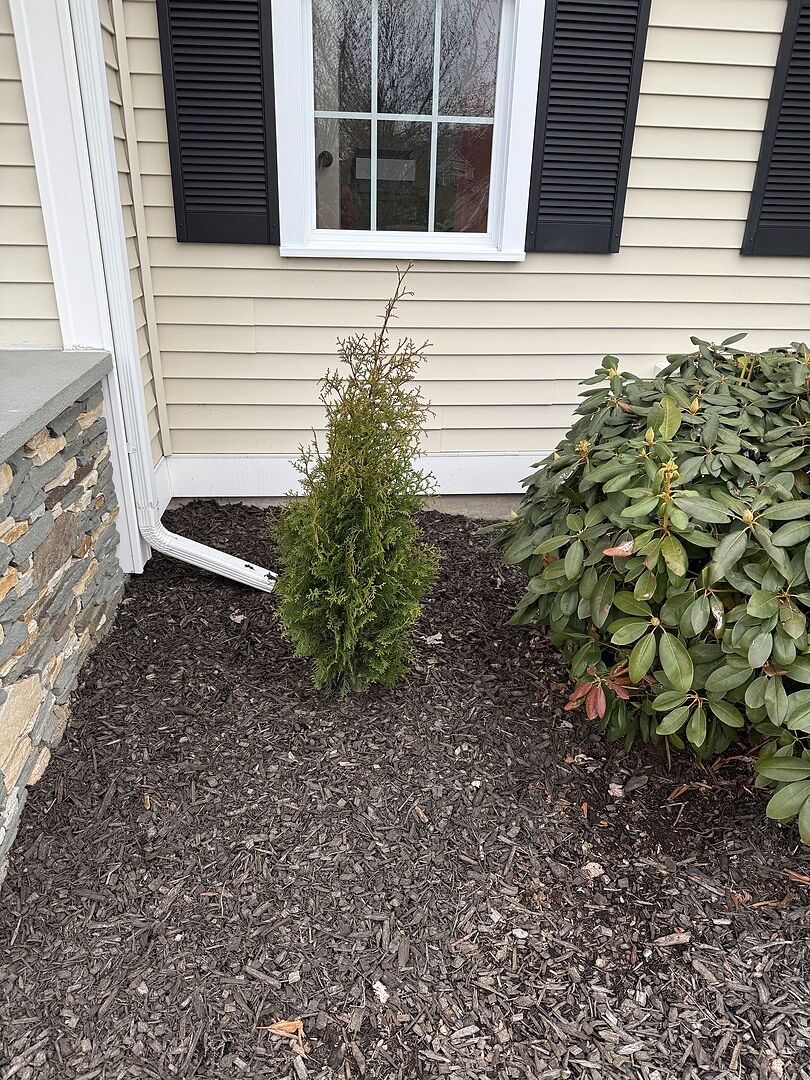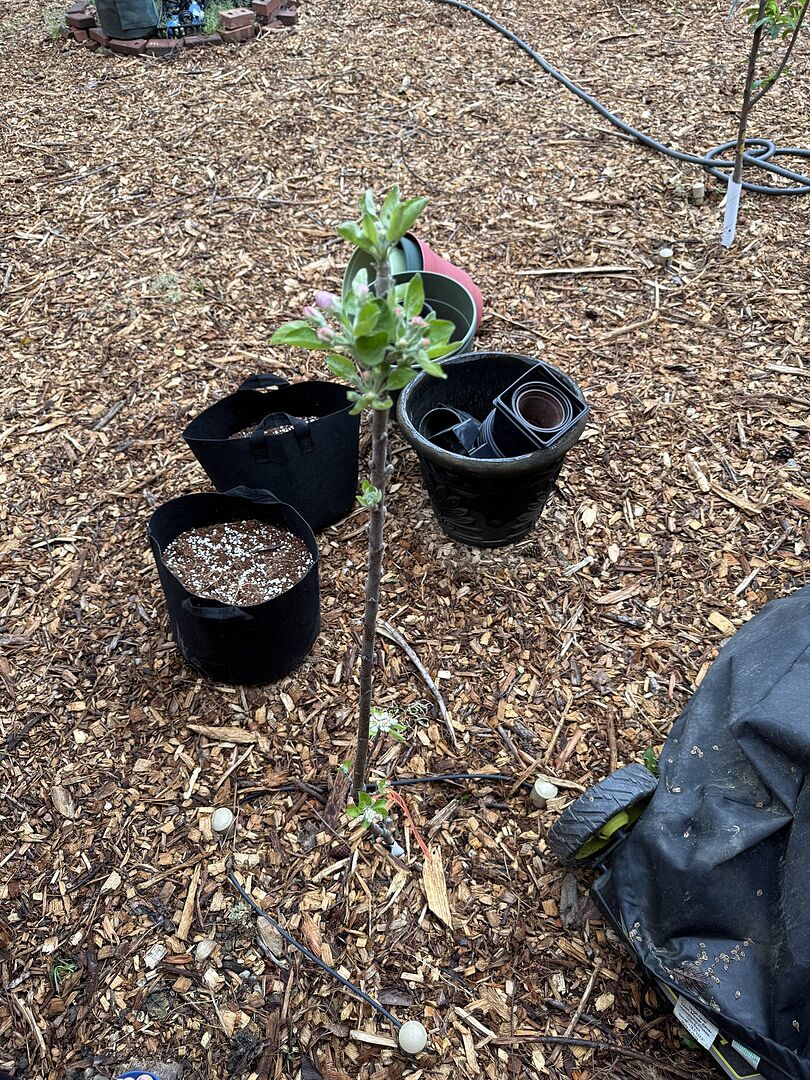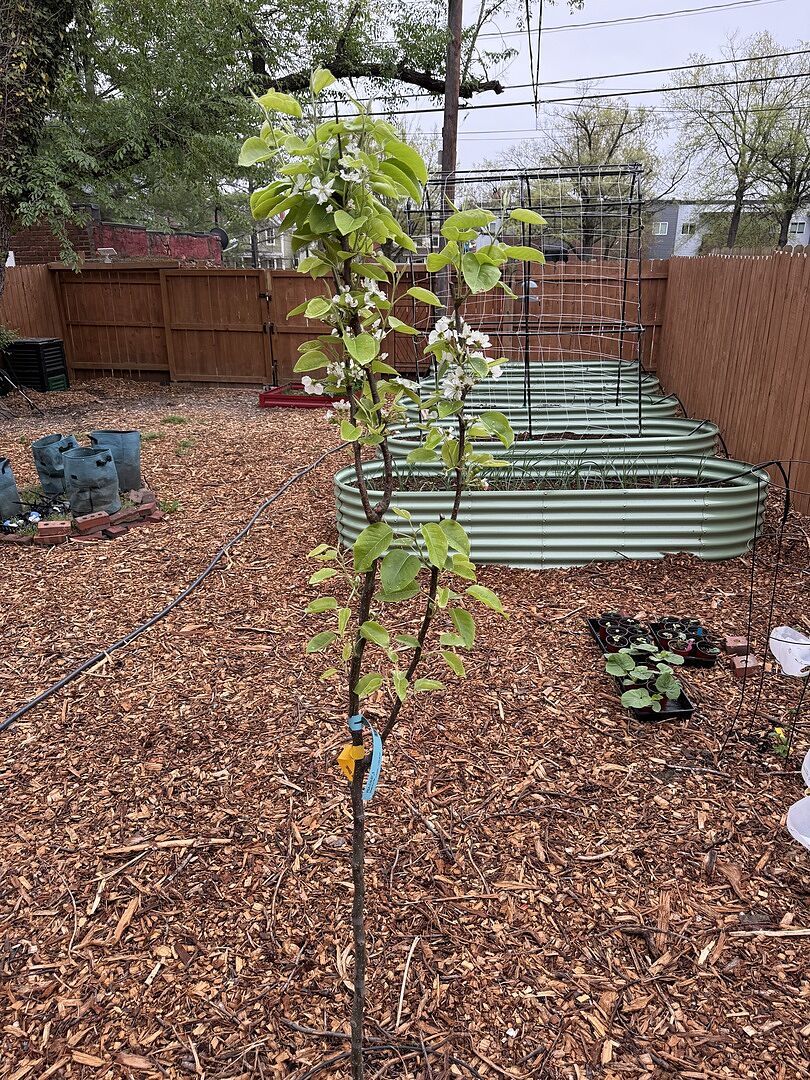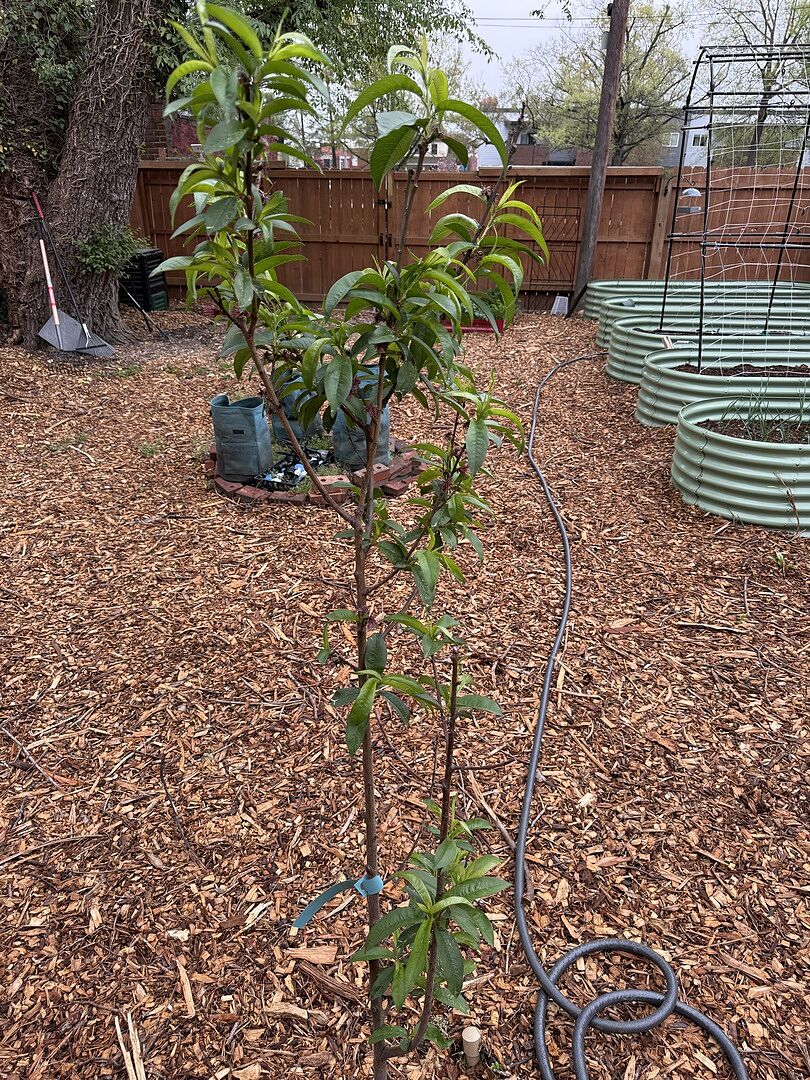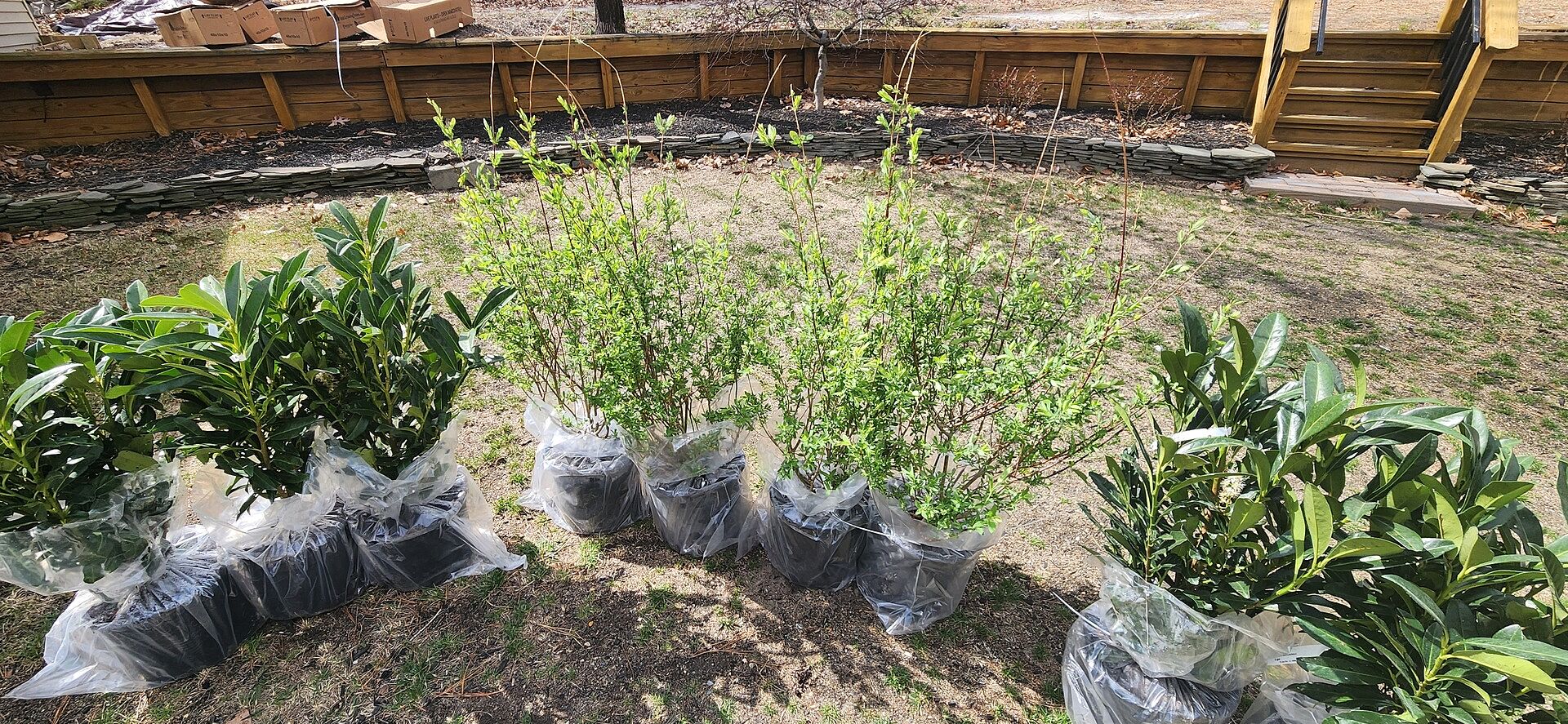Ask a Master Gardener: Thankful for Dogwoods
Last updated: Nov 11 2022

I hope your October was as beautiful as ours. The colors have been spectacular and the weather perfect. Leaves are still on the trees, so raking will continue until they have all been raked up. Remember, leaves left on your grass will prevent sun from reaching the blades, which will eventually kill your lawn. Left in your flower beds, they can become a mat, unless chopped up, which prevents water and sun from reaching your plants.
I know I have written about trees that bring beautiful color to the seasons, but I would like to expand on that topic and focus on the dogwood. Eleven species of dogwoods are native to the United States, though many are shrubby, and can be found throughout the continental United States. This tree gives two seasons of interest. In the spring it flowers and in the fall the colors are outstanding, adding to the beauty of the season.
The dogwood tree is round, densely crowned and considered by many to be the very symbol of spring, with its magnificent white blossoms. To others, it is simply the most spectacular flowering tree in America. Flowering dogwoods can be found in eastern deciduous forests as far north as Maine, extending west to eastern Texas and Missouri, all the way to California. They grow best in moist soils, but will grow in drier habitats too.
They like to grow in the shade of larger trees as understory plants. They can handle sun but are much healthier under the protection of larger trees. Having said that, the California dogwood thrives in Zones 7 through 8 or 9. This tree prefers partially to fully sunny locations in the northernmost part of its range, but it needs partially to fully shady sites in its southerly range.

The flowering dogwood supports many species of butterflies and moths, as well as bees and insects. Birds also visit this tree not only to eat the insects but to munch on the berries. These include backyard favorites like the northern mockingbird, eastern bluebird, hermit thrush, northern cardinal, common flicker, yellow-rumped warbler, gray catbird, pine warbler, yellow-bellied sapsucker, brown thrasher and cedar waxwing. Dogwood berries have high calcium and fat content, making them a valuable food for numerous birds—a win-win!
This dogwood shrub is a North American native shrub that will bring interest to any garden setting. A flowering shrub that can handle moist to wet soils, the Yellow Twig Dogwood (shown below) is a great choice for wildlife gardens, woodland gardens and bird gardens. Plus, it grows into a dense shrub hedge.

The Red Twig Dogwood (shown below) is a large, multi-stemmed, deciduous shrub in the Cornaceae (dogwood) family and native to most of North America. Growing to a height and width of 6 to 9 feet, it is typically found growing in damp boggy areas, riparian areas, or wetland margins.

However, shrubby dogwoods do not grow the showy flowers that the taller dogwood trees do. Their flowers also appear after the foliage has fully grown. So, do not expect them to be the same showstoppers that dogwood trees are. Many dogwood shrub varieties are grown for their winter interest. The winter brings bare red or yellow twigs, which are bright and beautiful in a winter garden.
Having nothing to do with gardening, there is a legend about the dogwood tree that deserves to be shared. The legend holds that the tree was once very large, like a Great Oak tree, and because its wood was strong and sturdy, it provided building material for a variety of purposes. According to the story, it was wood from the dogwood tree that was used to build the cross on which Jesus was crucified.
Because of its role in the crucifixion, it is said that God both cursed and blessed the tree. It was cursed to forever be small. Its branches would be narrow and crooked--not good for building at all. At the same time, however, the tree was blessed so that it would produce beautiful flowers each spring, just in time for Easter.
To remember God's promise to the tree, it is said he gave it a few traits so that whoever looks upon it will never forget. The petals of the dogwood actually form the shape of a cross. Upon close examination, it can be seen that the blooms of the tree always have four petals.The middle of the dogwood flower has a tight grouping resembling a crown of thorns. And the tips of each of the petals are indented, as if they bear a nail dent. The colors of the petals bring to mind the drops of blood that spilled during the crucifixion.

Whether you celebrate Easter or not, the dogwood is an excellent tree for beautifying the garden. Now is the perfect time to bring this jewel to your landscape–another thing to be thankful for as we remember our gifts on Thanksgiving Day.
Love our Ask a Master Gardener column? Check out Phyllis's previous columns here!
Written by
Phyllis Ferguson
Phyllis is a Master Gardener growing in Zone 7 in Charlotte, North Carolina. She loves working in her landscape with flowering shrubs and perennials, planting around ponds and water features, and taking care of her dogs and her backyard chickens.
A longtime Master Gardener educator in North Carolina, Phyllis is sharing her best tips for plant selection, gardening, landscape care and more with FastGrowingTrees.com.
Featured Product

White Kousa Dogwood
131 reviewsStarting at $89.95






































